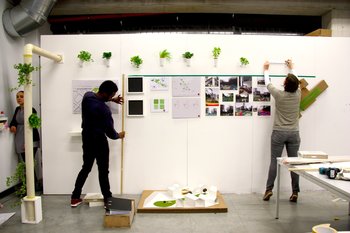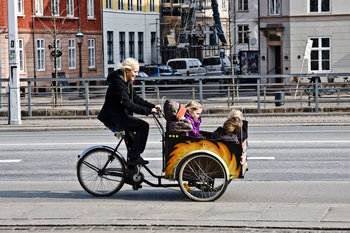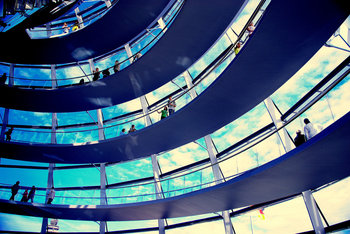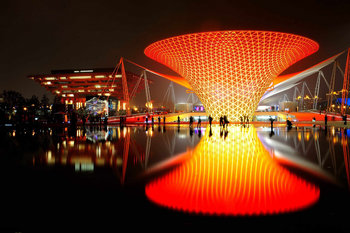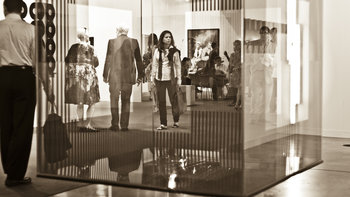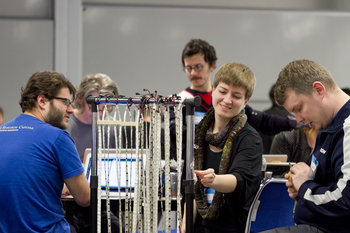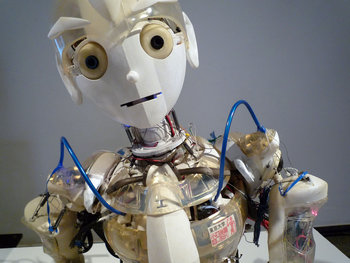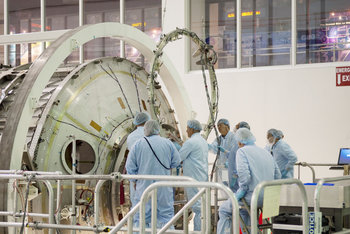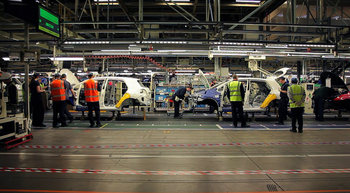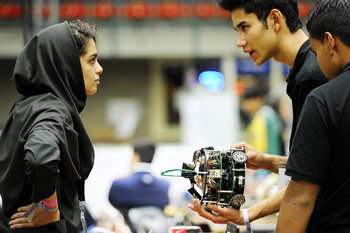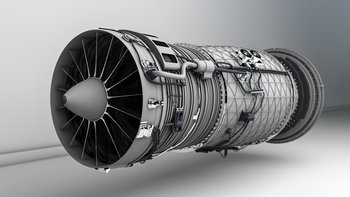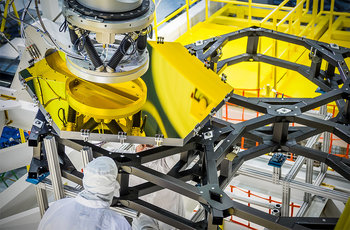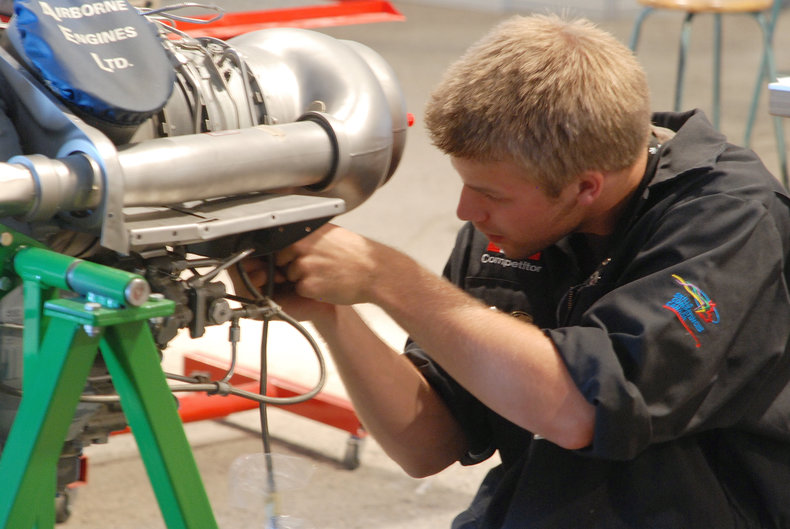
Moving Parts
Generally speaking, machines with moving parts are more likely to break and require more maintenance. The movement of parts tends to create friction, heat and vibrations that cause wear. Machines with large moving parts may be a safety hazard if not properly operated and maintained.Moving Parts vs Solid State
Solid state is a term for circuits or devices that use electricity but have no moving parts.Moving Parts vs Passive Design
Passive Design is a term for structures, infrastructure and devices that don't require electricity or fuel. Such designs typically use natural forces such as wind, sunlight and gravity. For example, a wall may be designed to allow air to flow to cool an interior. Passive designs may or may not have moving parts and are never solid state because they don't use electricity.Moving Parts as an Analogy
The term "moving parts" is also commonly used as an analogy that is used to describe the challenge of coordinating and integrating different parts of a project or activity. For example, "let's get all the moving parts working" draws an analogy to a machine with working parts that need to work closely together in time.| Overview: Moving Parts | ||
Type | ||
Definition (1) | Components of structures, infrastructure or machines that physically move. | |
Definition (2) | An analogy to a machine with many parts that need to work together. Typically used to describe complex coordination of tasks and activities. | |
Related Concepts | ||




